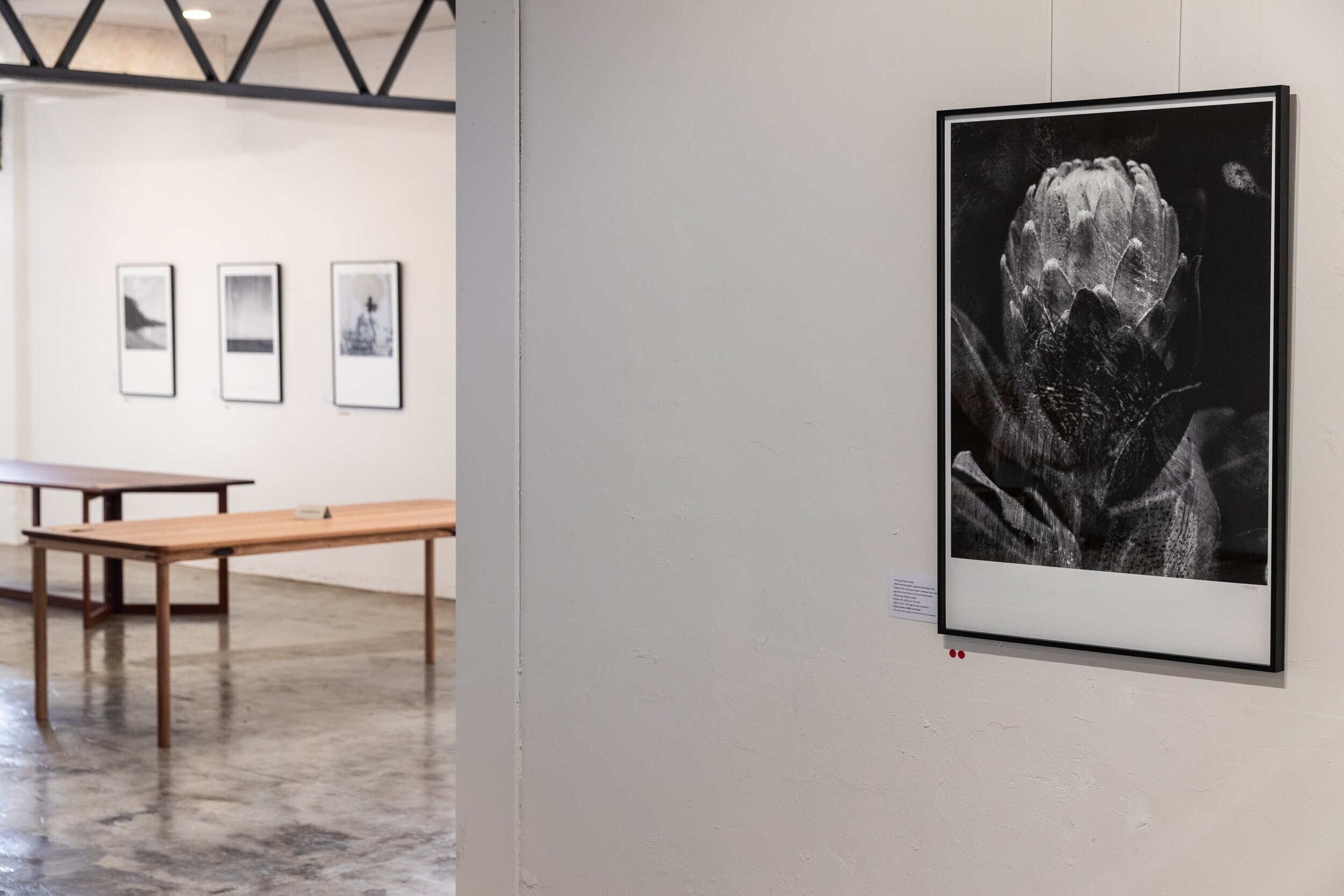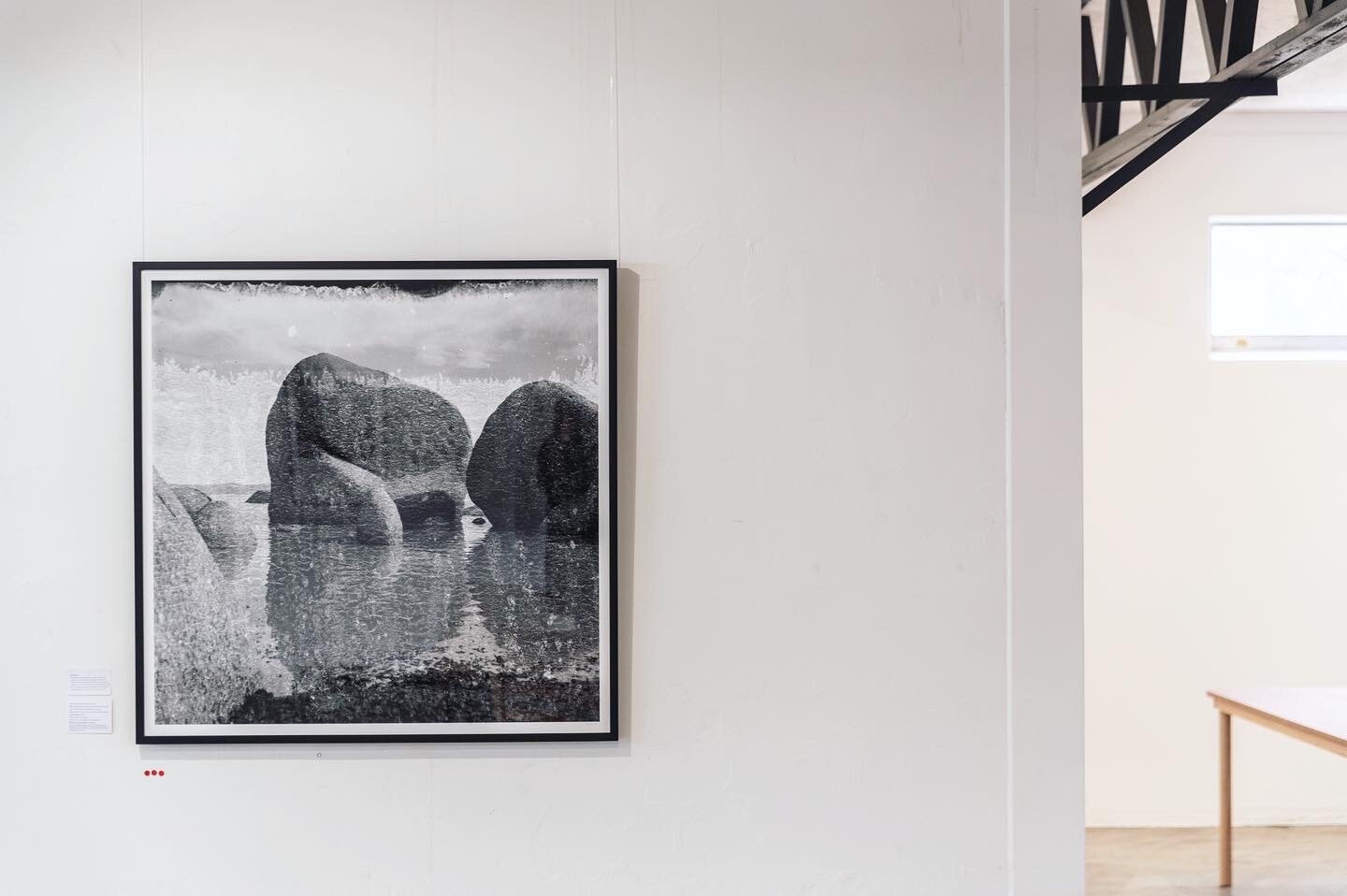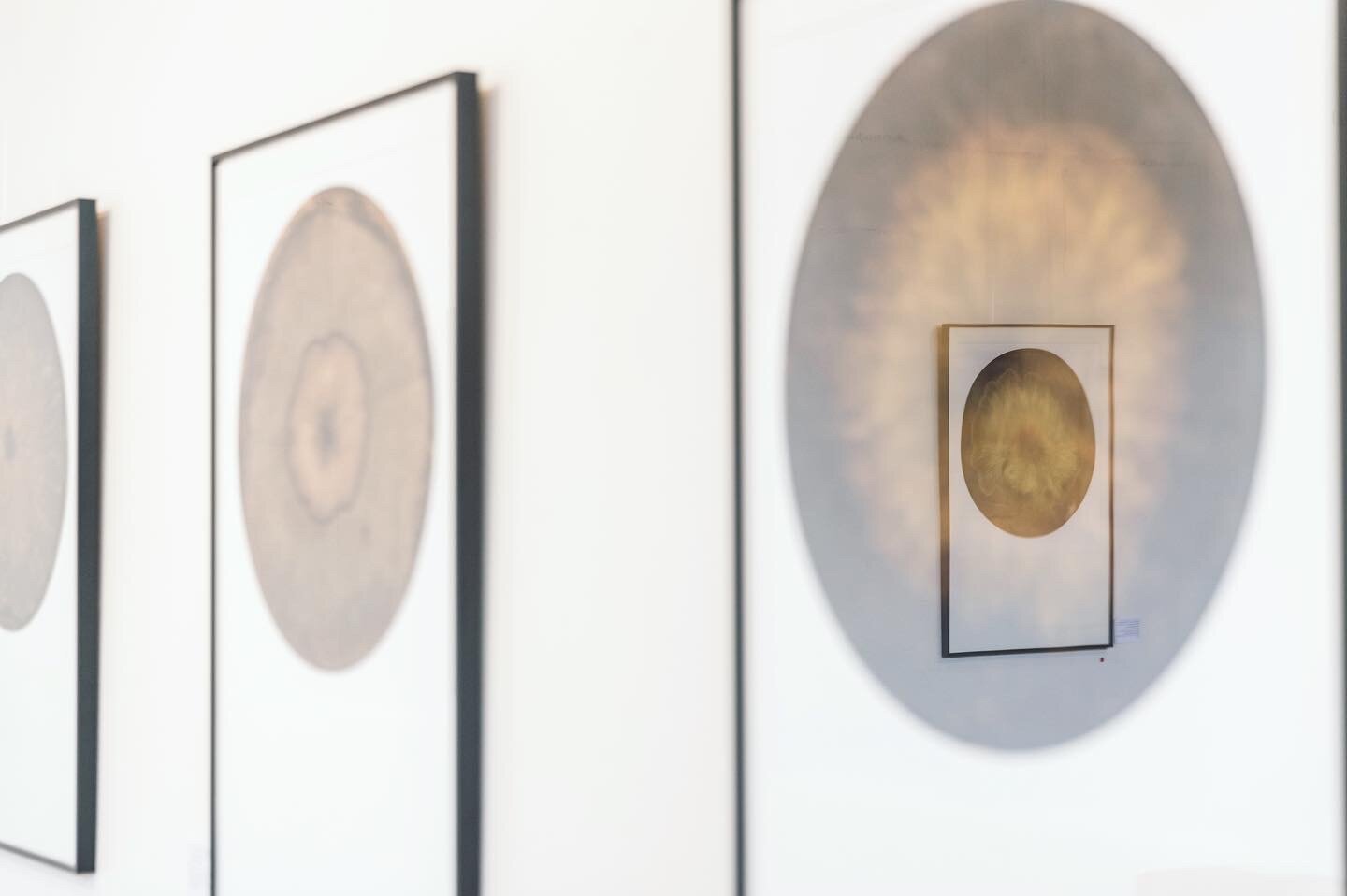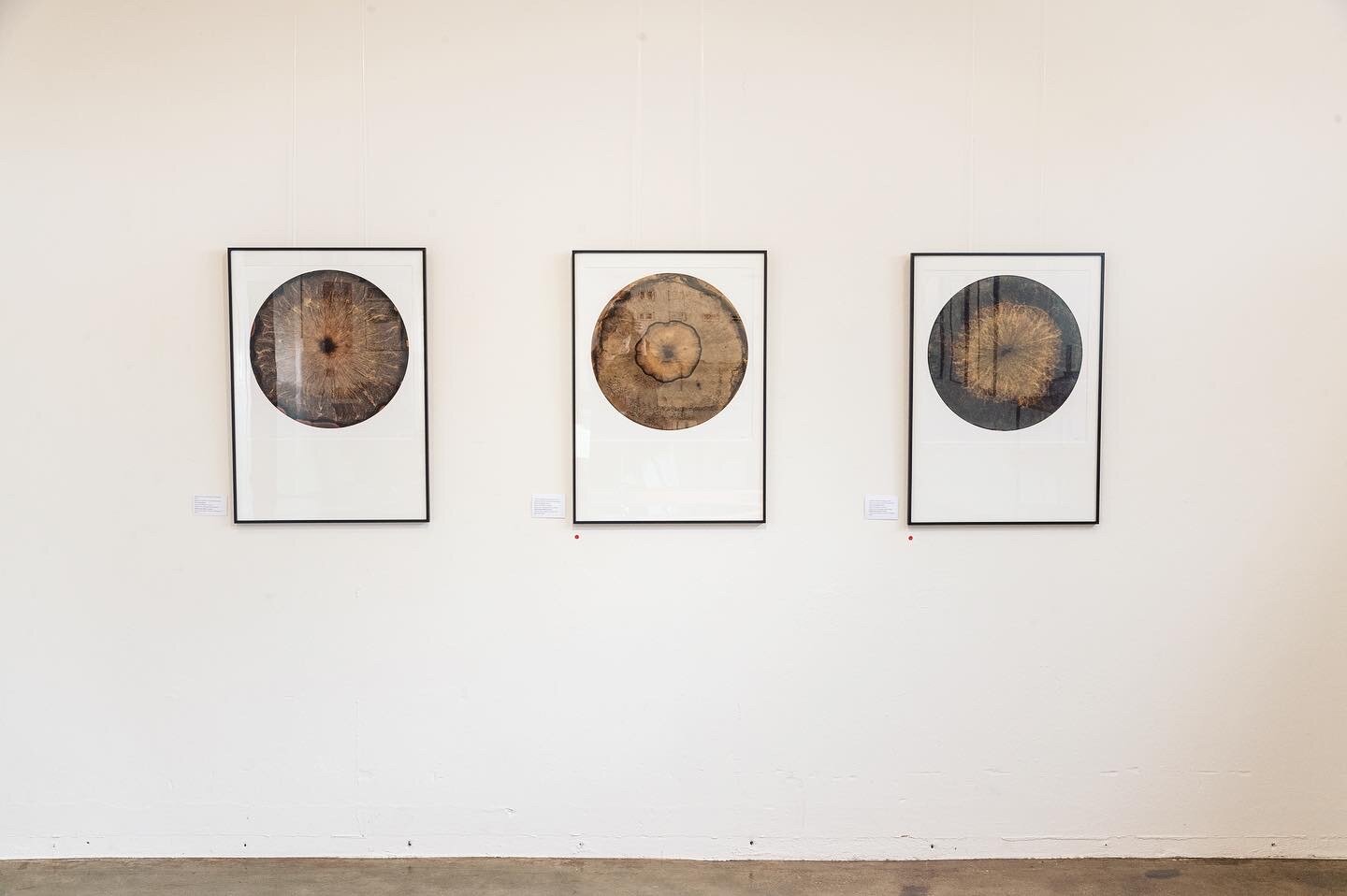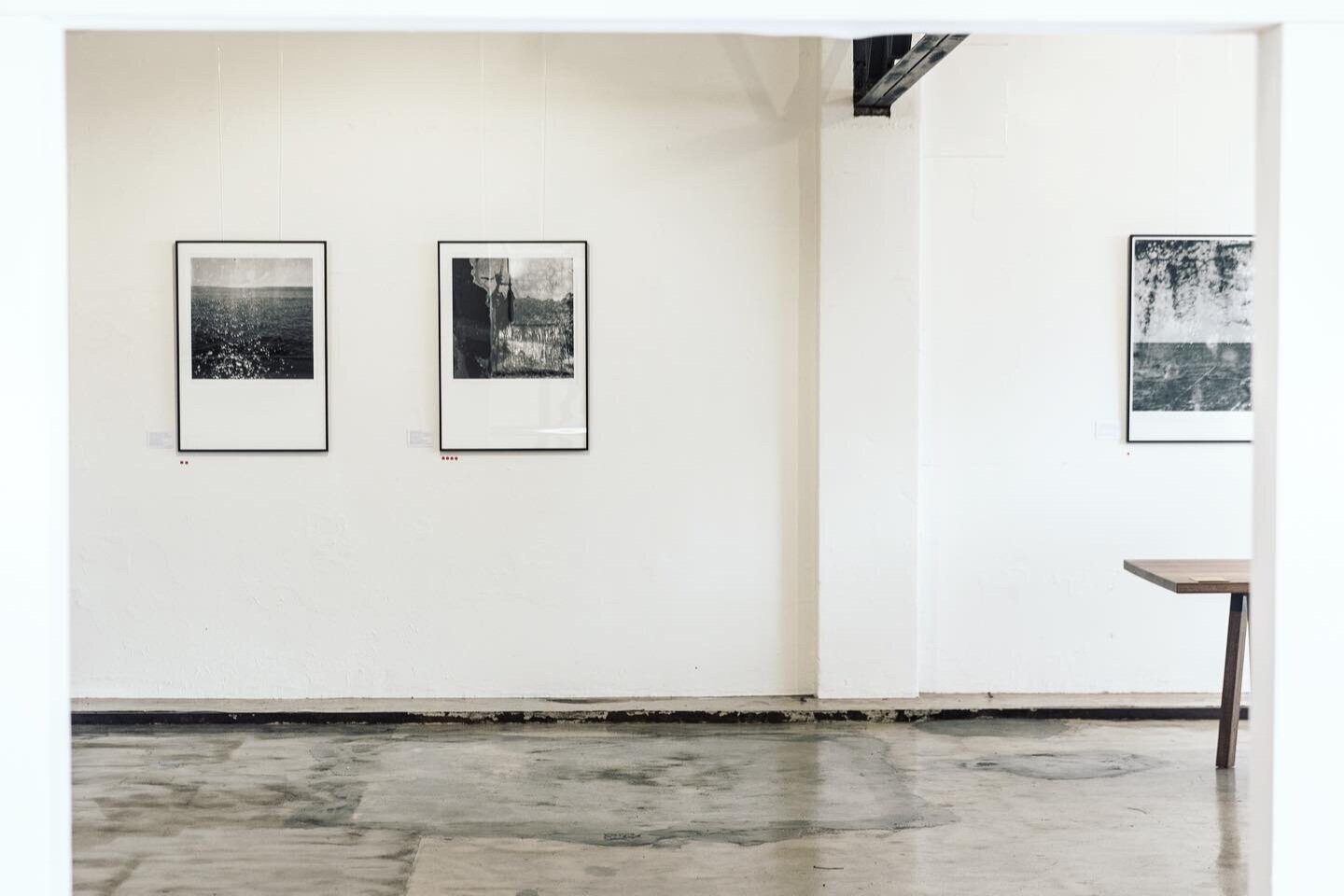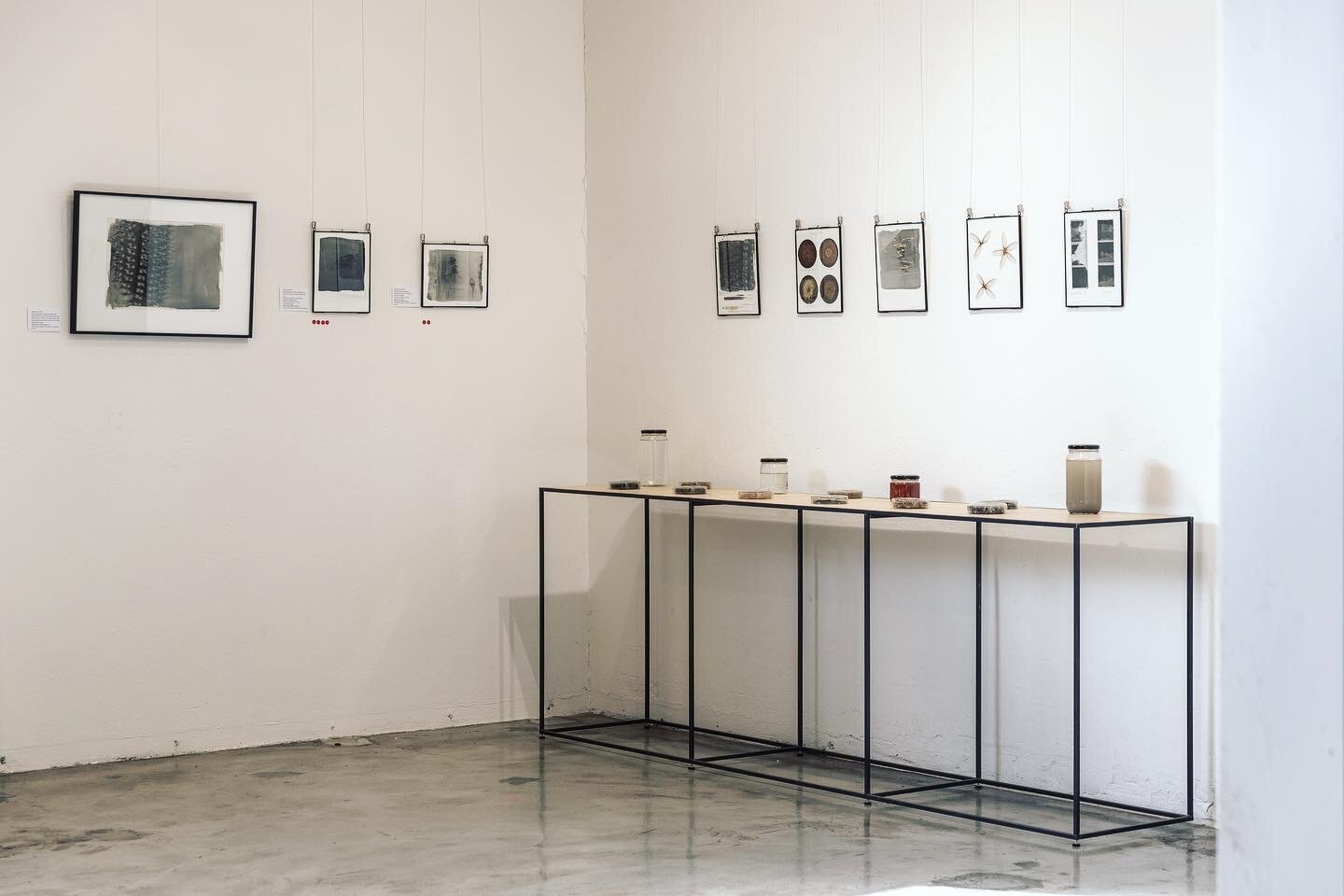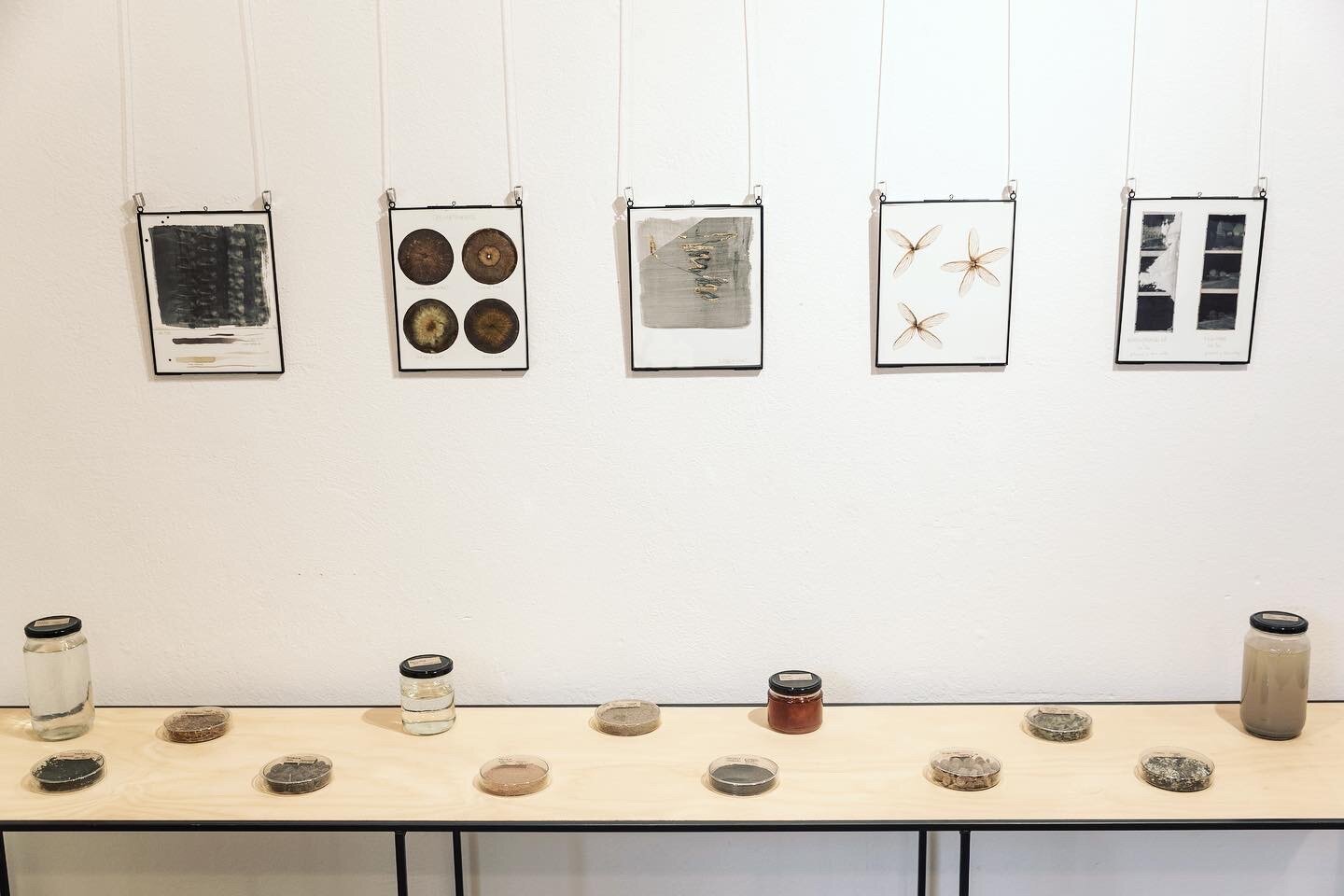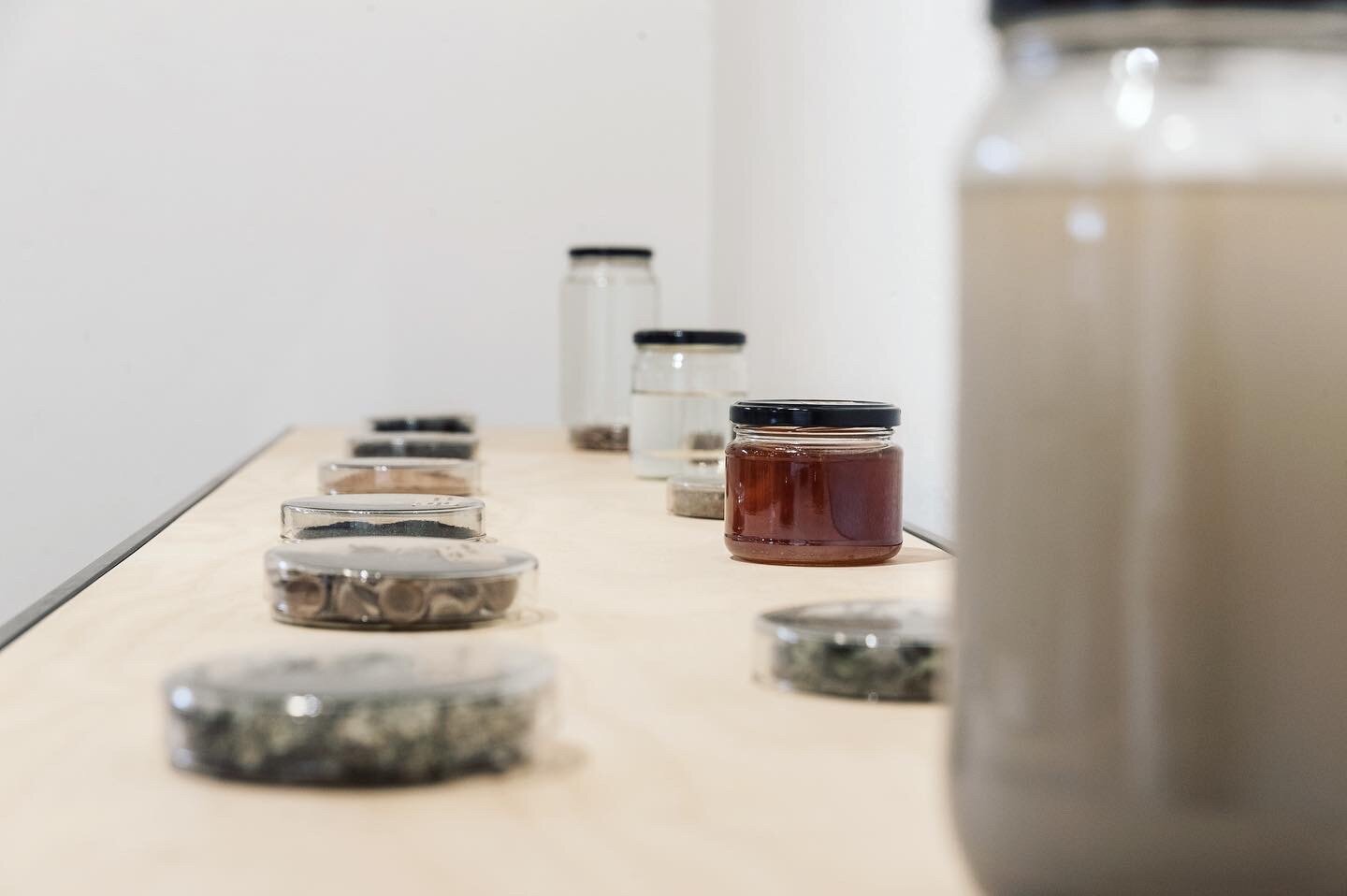ACTS OF CO-CREATION
The Mixing Room Gallery, ACT
May 21 - July 2, 2021
The works in Acts of Co-Creation were created across three sites; the rugged coastline of South-Coast NSW (Yuin Country), the alpine ranges of Kosciuszko National Park (Ngarigo Country) and within Canberra and its immediate surrounds (Ngunawal Country).
When arriving at a site with my camera, my practice begins with conscious grounding. A slow immersion into the space allowing the mind to still and the senses to tune into a subterranean energy. In accessing the deeper frequency that hovers beneath our rational state, one shifts into an active listening; recognising the quieter but no less potent agency of the more-than human forces constantly in movement around us.
When processing film I am intrigued by its materiality and the possibilities that presents. Much of my work is co-created with more-than human agents whose unpredictable input disrupts my authorial control over the image and breaks open the permanency of the photograph. Many of the works in this exhibition were processed with water collected from site. Salt fractals form across works created with ocean water, textured ripples rise up a medium format photograph developed with the muddy lake water of Ngungara (Lake George) and images of storm clouds taken from the top of Mount Ainslie were developed with the rainwater that fell later that day.
For other works in the exhibition I employed the technique of chromatography using silver nitrate to make the properties of soil and Eucalyptus bark visible. The chromatograms are the visual expression of vibrant matter as minerals, organic molecules, proteins, vitamins and humic substances react with the silver nitrate and form a complex mix of colours and shapes.
Near Rosedale, 2020
6x6 photographic negative processed with ocean water collected from site.
Dancing Protea, 2020
35mm film processed with ocean water collected from site.
ACTS OF CO-CREATION
process statement from Sammy Hawker.
“…I tell you this
to break your heart,
by which I mean only
that it break open and never close again
to the rest of the world.”
Lead, Mary Oliver
It was a time defined by silences.
The silence of standing in a once-familiar landscape while the ash of a torched ecosystem floats through the air.
The silence of solemn awe at the psychedelic colours that the critically endangered snow-gums adorn on an alpine hill in Ngarigo Country. The silence of living alone through the empty hours of a city frozen by a global lockdown.
However it was in these silences that I found myself shift into a practice of more active listening. This exhibition, Acts of Co-Creation, is the result of this practice recognising and celebrating the quieter but no less potent agency of the more-than human. As Jane Bennett considers in her book Vibrant Matter, what are the political implications of recognising matter that exists outside of the human - not just other living beings but also oceans, mountains, forests, storms and even methane producing rubbish tips - as not passive or inert but rather as 'forces with trajectories, propensities or tendencies of their own.’
As Anna Tsing, Heather Swanson, Elaine Gan and Nils Bubandt state in their text Arts of Living on a Damaged Planet, ‘living in a time of planetary catastrophe thus begins with a practice at once humble and difficult: noticing the worlds around us.’ This position encourages humans to not see ourselves as separate of the other but rather embracing, as philosopher Michel Serres envisioned, a new ecology based on a postcolonial equality between the human and more-than human. Accepting, celebrating and collaborating with the other cultivates empathy and care and is a rational way of moving forward in an age of environmental crisis.
One of my first acts of co-creation was taken on Yuin Country just days after the lockdown restrictions were eased. It was early winter and the cold overcast light gave the day a timeless quality. We stopped on our walk to pick roadside proteas and I collected a jar of water from the ocean. Back home in my apartment’s red-brick laundry I used the water when processing a roll of 35mm film and the salt-stained work Dancing Protea was produced.
In facilitating these acts of co-creation I am interested in how the unpredictable results from more-than human agents can disrupt my authorial control over the image and break open the permanency of the photograph. When processing film with ocean water the corrosive properties of the salt lifts the silver emulsion and the representational image is rendered vague. However an essence of the site is introduced to the frame as fractals form on the horizon and crystals appear around the disappearing edges. To me it feels the image becomes alive; the crusty tactility of vibrant matter paints its way onto the negative.
In acts of co-creation I am similarly interested in how I might cultivate cross-disciplinary and cross-cultural partnerships when working with a site. This includes but is not limited to working with Traditional Custodians, scientists, ecologists and regenerative agriculturalists.
One of the highlights of my past year has been forming a relationship with Ngunawal custodian Tyronne Bell. As a non-Indigenous Australian working with Canberra landscapes I reached out to Tyronne to ask if he would be willing to help me learn more about the sites I am working with. Over the year we have built a friendship and have ventured out numerous times on Ngunawal Country together. Walking with Tyronne on Country helps me see more as the stories and energies of the site begin to reveal themselves. I believe acts of reciprocity are part of our healing process as a nation. It requires non-Indigenous participants with a genuine and committed interest in active listening and truth-telling as well as Traditional Custodians who are willing to educate and share their wisdom. Dhjan yimaba Tyronne.
The centerpiece of this exhibition Ngungara (Lake George) #1 was taken in early April when March rains had filled the disappearing lake. Ngungara means ‘flat water’ and is a significant site for the Ngunawal people. Standing on the Eastern shores with Tyronne that afternoon the energy of the site was palpable. This photograph is from a roll of medium format film processed with a jar of the muddy water collected from the edge of the lake and taken home with me in the back of Tyronne’s troopy.
In a time of increasing silences we are collectively called to this practice of more active listening. This requires sitting with the discomfort of the unknown, surrendering to the unresolved mystery of the natural world and the dark energy that interrogates and transforms the photograph. It is the feeling of quiet curiosity in recognising the other as a vibrant force, full of agency and in that choosing love over fear. As Australian ethnographer Deborah Bird Rose wrote in Shimmer: When all You Love is Being Trashed, humans have the capacity for both violence and care and in this time of mass-extinction we are going to be ‘asked again and again to take a stand for life, and this means taking a stand for faith in life’s meaningfulness.’ Choosing love is to break our heart open and recognise our full capacity to embody empathy both for ourselves and the more-than human other, embracing the messy vibrant acts of co-creation.
Ngungara (Lake George) #1, 2021
6x6 photographic negative processed with lake water collected from site.
50% of profits from this work was donated to Thunderstone Cultural and Land Management Services Aboriginal Corporation.
This work was acquired by Canberra Museum & Gallery (CMAG).
Review of Acts of Co-Creation by Brian Rope published in the Canberra Times - click here for the online article.
Processing film in the laundry. Photograph by Rohan Thomson for the Thors Hammer ‘Meet the Maker’ newsletter - click here for the online version.
OPENING ADDRESS [EXCERPT]
Dr Kirsten Wehner - Director PhotoAccess
In Acts of Co-Creation, Sammy begins to detail a new type of photographic practice, one that breaks decisively and importantly with much of photography tradition. So much of photography positions the camera as a kind of fortification – a barrier behind which the photographer can huddle to observe the world while remaining protected from direct contact with it; or a kind of technology of incursion – a tool for shooting and capturing and framing out things from the wider landscape, for penetrating to the truth of the world and putting it into little boxes.
These traditions express, of course, much deeper and wider Western cultural tropes that separate Nature from Culture, that propose a radical disjunction between the human world of culture and all else on Earth, including the biosphere. As the late anthropologist Deborah Bird Rose put it, in this world view ‘culture is a kind of platform from which humans (the only active intelligent agents) act upon a passive and non-agential nature’ (2017:38). And this of course is the cultural foundation that has enabled the privileged West to exploit the world to the extent that we now finds ourselves on the precipice of an ecological collapse.
Snow Gum #1, 2020
35mm photographic negative.
Sammy tackles this problem head on, working with patience and determination and passion – and I think occasionally and perhaps inevitably a few tears of frustration – to develop a new kind of photographic practice ... one that I feel is defined by what Rebecca Solnit and others have called a practice of ‘walking together’. This is a practice defined as much by process – open-ended, experimental, collaborative process – as it is by product.
These are works in which Sammy is less interested in showing the world as image and more interested in producing artefacts that are inseparably part of the world and which embody within them the forces of time and chemistry and light distinctive to particular places in the world. This is true of all her works, but perhaps most evident in her series of chromatograms, in which the ‘image’, if we can call it that, emerges as a direct, non-representational trace of the interactions of place-specific physicality as expressed in soils and waters.
Sammy’s works challenge our expected practices of seeing, refusing to lay open the world to our masterful gaze, and instead forcing us to be content with clouded glimpses and fractured lines, the refusal to explain or lay bare the landscape such that we might pretend to know all about it. As such, I think Sammy’s works help us re-make ourselves in new ways, as in place, connected to and engaged by the world around is, but also knowing that we see it only from our particular viewpoint; our own story one thread intersecting with those of the many other beings with whom we share the world.
It’s easy to see Sammy’s works as speaking to the fracturing of the world, but for me they are deeply hopeful – not least because I see in them some of the possibilities of an Australia in which whitefellas like me can begin to respectfully respond to and participate in one of Aboriginal people’s great gifts to the world - the concept of Country or, as it’s put in the Uluru Statement, ‘their ancient sovereignty’ – the understanding that we all live as part a multi-dimensional entity incorporating people, animals, plants, Dreamings, the dead and the yet to be born, underground, earth, soils, minerals and waters, surface water and air, all bound up in reciprocal relationships of belonging and obligations of care.
Copyright © All rights reserved.

